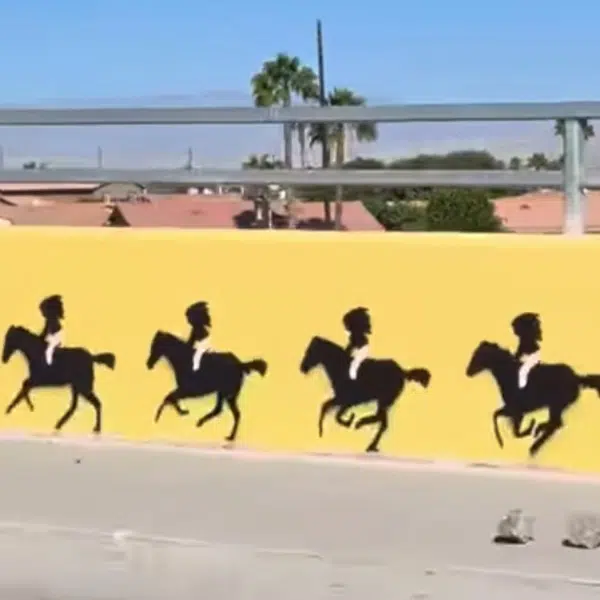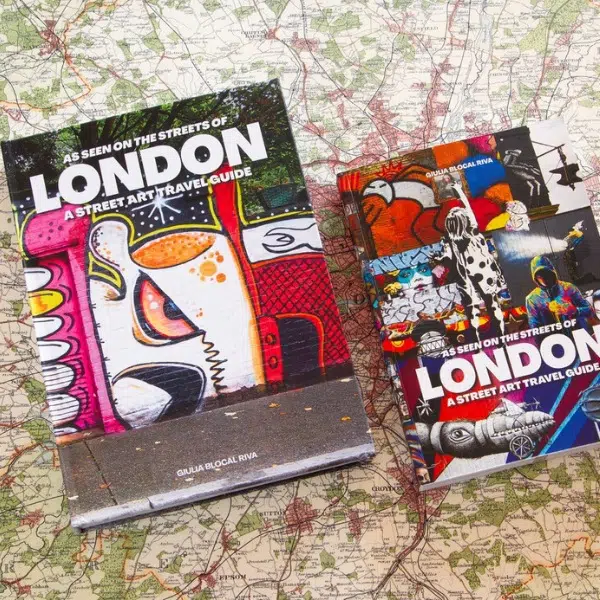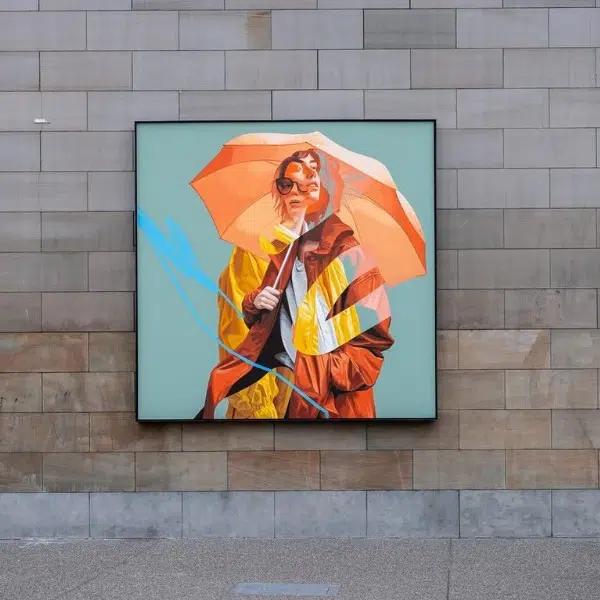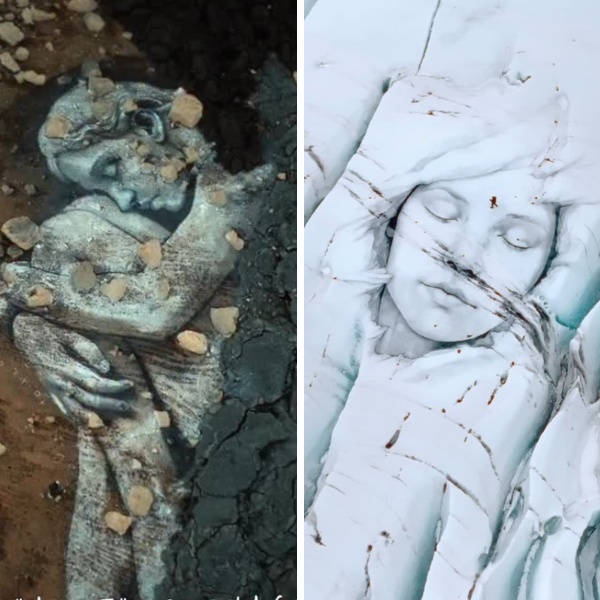
Photo: Dr. Derek
The busy streets of Manhattan are typically far removed from nature. That's precisely why it was the perfect spot for Spanish artist Dulk to make a statement with a giant mural. As part of the Street Art for Mankind, the street artist created a mural starring a whimsical group of ocean creatures, hoping to send a message about how these animals also call the neighboring waters home.
“Nothing has had a more powerful impact upon the course of New York City’s history and prosperity than its natural position on the water at the confluence of the Hudson River and the Atlantic Ocean,” Dulk tells My Modern Met. “Yet the city’s flourishing economy was built on the alteration of New York City’s shoreline and at the expense of marine ecosystems. Progress has been made and this mural is a tribute to blue ecosystems and to the significant efforts that need to continue to achieve healthier ocean ecosystems that will benefit people, communities, and the natural world. It is about ensuring that whales, dolphins, sharks, and other marine life that we see coming back in higher numbers to cities and NYC continue growing and thriving!”
Dulk started working in graffiti in 2003, and began taking on large-scale murals in 2011. When asked to choose his canvas, he picked the building located at 450 10th Ave for its shape and format. “Also because it seemed to me that the building in which it is located, a small building, in the middle of huge skyscrapers was the perfect place to show a mural of such high significance,” he explains. “It was like David against Goliath, a modest and small building is able to launch a big message in front of big and powerful glass buildings.”
From top to bottom, the mural features a humpback whale, the endangered North Atlantic right whale, a sperm whale, and the harbor porpoise. The artist also made sure to showcase the Hudson River’s most famous fish, such as the Atlantic sturgeon and the diamondback terrapin, a turtle species that is declining. He also included his signature character, the Soul Rider, depicted getting along with wildlife in the ocean.
To create his murals, Dulk uses water-based acrylic paint—an usual choice for this sort of work. “Using acrylic paint instead of spray paint helps me create a color palette with smoother transitions. And it allows me to create the shades of color I need for each part of the mural,” he explains. Painting the mural took him and his team seven days to complete.
Since murals are an accessible form of public art, the artist sees them as precious resources to launch powerful messages that need to reach all kinds of people. Ultimately, he hopes to shine a light on the wildlife found in bodies of water in New York City and other large metropolises.
Dulk says, “I'm trying to make people aware that if we really want to, we can repair many ecosystems that are very damaged today. Only a little awareness is needed from all parts involved to see big changes.”
As part of Street Art for Mankind, Spanish artist Dulk created a mural starring a vibrant cast of ocean creatures.

Photo: Dr. Derek
“This mural is a tribute to blue ecosystems and to the significant efforts that need to continue to achieve healthier ocean ecosystems that will benefit people, communities, and the natural world.”

Photo: Dr. Derek
When asked to choose his canvas, he picked the building located at 450 10th Ave for its shape and format. “It was like David against Goliath, a modest and small building.”

Photo: Dr. Derek
From top to bottom, the mural features a humpback whale, the endangered North Atlantic right whale, a sperm whale, and the harbor porpoise.

Photo: Dr. Derek
The artist also made sure to showcase the Hudson River’s most famous fish, such as the Atlantic sturgeon, as well as his signature character, the Soul Rider.

Photo: Dr. Derek
To create his murals, Dulk uses water-based acrylic paint. “Using acrylic paint instead of spray paint helps me create a color palette with smoother transitions.”

Photo: Dr. Derek
Painting the mural took him and his team seven days to complete.

Photo: Dr. Derek
Since murals are accessible forms of public art, the artist sees them as precious resources to launch powerful messages that need to reach all kinds of people.

Photo: Dr. Derek
“Only a little awareness is needed from all parts involved to see big changes.”

Photo: Dr. Derek






















































































